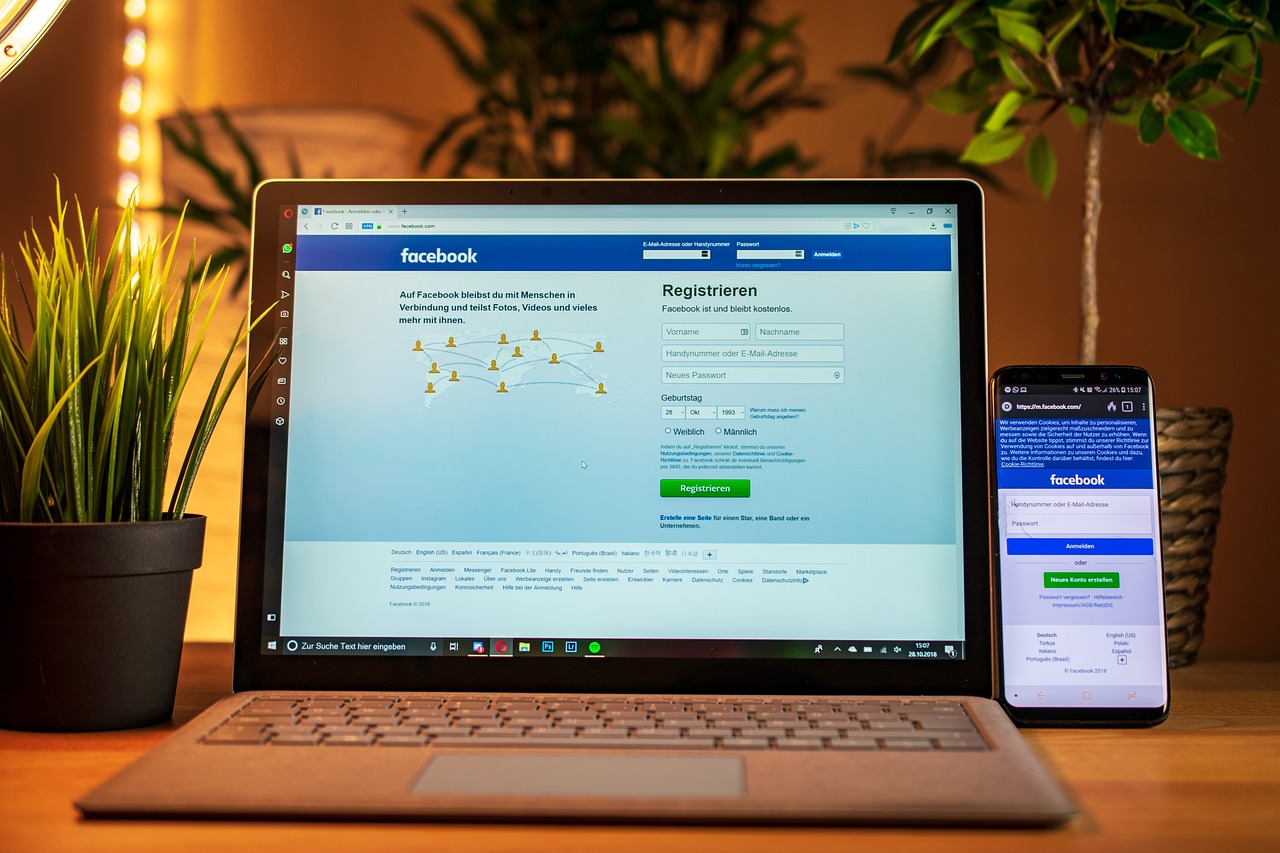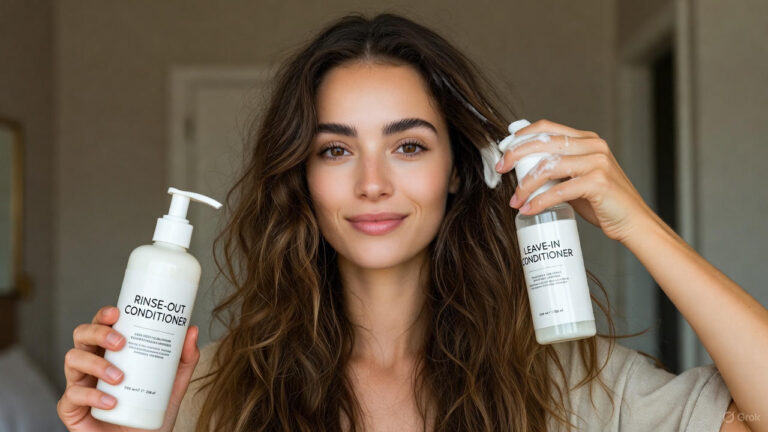The most well-known influencer marketing examples feature an influencer posing for an Instagram post with the marketed product. But don’t be misled; the playing field is varied and incredibly inventive.
Influencers and brands can collaborate to develop new features that keep their audiences interested and eager to test those brands. Whatever influencer marketing strategies you use, keep in mind that your payment agreement may use a variety of models. For instance, you may provide the influencer with your product or service for free, pay them a set amount for each post, or develop a system that rewards them financially (or in another way) for achieving particular objectives.
This article will focus on the typical content types of influencer marketing campaigns in this article.
1. Sponsored Content
Sponsored content is one of the most well-known forms of influencer marketing. This kind of influencer marketing effort more closely resembles the straightforward, “traditional” description. The common scenario is that firms will approach influencers and ask them to promote one of their goods or services, or vice versa—some influencers will also contact brands!

The finished product is typically a picture, a video, or a blog post highlighting your product, depending on the influencer’s channel you’ve chosen. Typically, the sponsor will send the influencer a campaign brief outlining the rules, requirements, and specifications of the campaign.
However, it’s crucial to keep in mind that you must grant your influencers some creative leeway. After all, they are the ones who should be engaging this audience. Their followers will undoubtedly notice if a post is inconsistent with the influencer’s personality, style, or voice.
2. Reviews
One of the most typical influencer marketing instances of reviews is a brand giving influencer access to a product or service for free in exchange for the influencer submitting a review.
This may have been the inspiration if you’ve watched any “unboxing” videos. In these videos, the influencer is unboxing and testing out the product for the first time in front of the camera after having never seen it or used it before.

Remember, though, that some online celebrities made their name by reviewing goods, particularly tech goods. In these situations, it’s possible that they obtain these goods in addition to an influencer marketing arrangement.
But as you could imagine, things can easily go awry or become morally problematic. Particularly if the brand demands that the influencer only say favorable things or if the influencer isn’t afraid to publicly declare their dislike for your product.
3. Contests and Freebies
Your brand, your influencers, and their followers could all benefit from these influencer marketing efforts. This is particularly true when it’s easy for viewers to enter and win.
Usually, marketers give an influencer a free product or service to give away to their followers. Giveaways and contests may consist of:
Interacting with the influencer’s post directly, like:
- Liking the post
- Commenting on it with a certain word, hashtag, or image
- Posting a remark with up to three friend tags
Engaging with the brand in ways other than the post, such as:
- Liking or following the company on its social media page (s)
- Visiting the brand’s website to subscribe to a mailing list or form
- Sending in images, tales, or other forms of “entries” for brand evaluation
4. Collaborations
Some firms have collaborated closely with influencers to co-create goods or content, as opposed to one-off campaigns. In the fashion and beauty sectors, influencers frequently develop their own line of apparel, accessories, or beauty goods under the brand.
Naturally, if you’re producing the goods yourself, this is a pretty complicated method, and it’s more typical among businesses who have already established themselves as leaders in their sector. You can choose content collaborations for the time being if your business runs into these kinds of problems.
This type of influencer marketing is quite effective, especially when your influencers can demonstrate your brand in action and provide a straight and unambiguous call to action (CTA).
5. Brand Ambassador
A brand ambassador, as the name implies, is an influencer who works with your company on a regular basis. You may consider them the “face” of your company, similar to how famous celebrities serve as spokesmen in conventional advertising campaigns.
A brand ambassador might promote your company for several months to a year or longer, in contrast to other influencer marketing examples that might be one-off or limited to a few posts.

This kind of influencer marketing effort can produce excellent outcomes as;
- Repetition keeps the audience of the ambassador thinking of your brand.
- The more regular promotion provides more chances to demonstrate the breadth of your business’s products.
- In the eyes of the influencer’s audience, a more solid relationship translates into greater trust, trustworthiness, and authenticity.
- Your marketing plan has a reduced churn rate, which often means less uncertainty and more convenience.
6. Takeovers on Your Platforms
In contrast to the first five approaches, this one includes the influencer appearing on your platform rather than theirs. In a takeover, the brand grants the influencer temporary access to one or more of its social media channels.
The time span typically lasts a day, but in rare circumstances, it may extend to a full week. To keep your audience interested and engaged, influencers can make entertaining behind-the-scenes or “day in the life of” posts, videos, and tales.
This influencer marketing example’s major drawback is that you usually have to give the influencer your password. You’ll need to ensure that there is a high level of trust for obvious reasons.
Conclusion
You now have a clear understanding of the types of influencer marketing campaigns that are available. Everything from quick shoutouts and sponsored content to long-term partnerships with brand ambassadors have been covered.
When developing your influencer marketing plan, you must carefully weigh the advantages and disadvantages of each one of them. But when done correctly, you’ll be able to design a strong campaign that draws on positive results for your brand and products.



